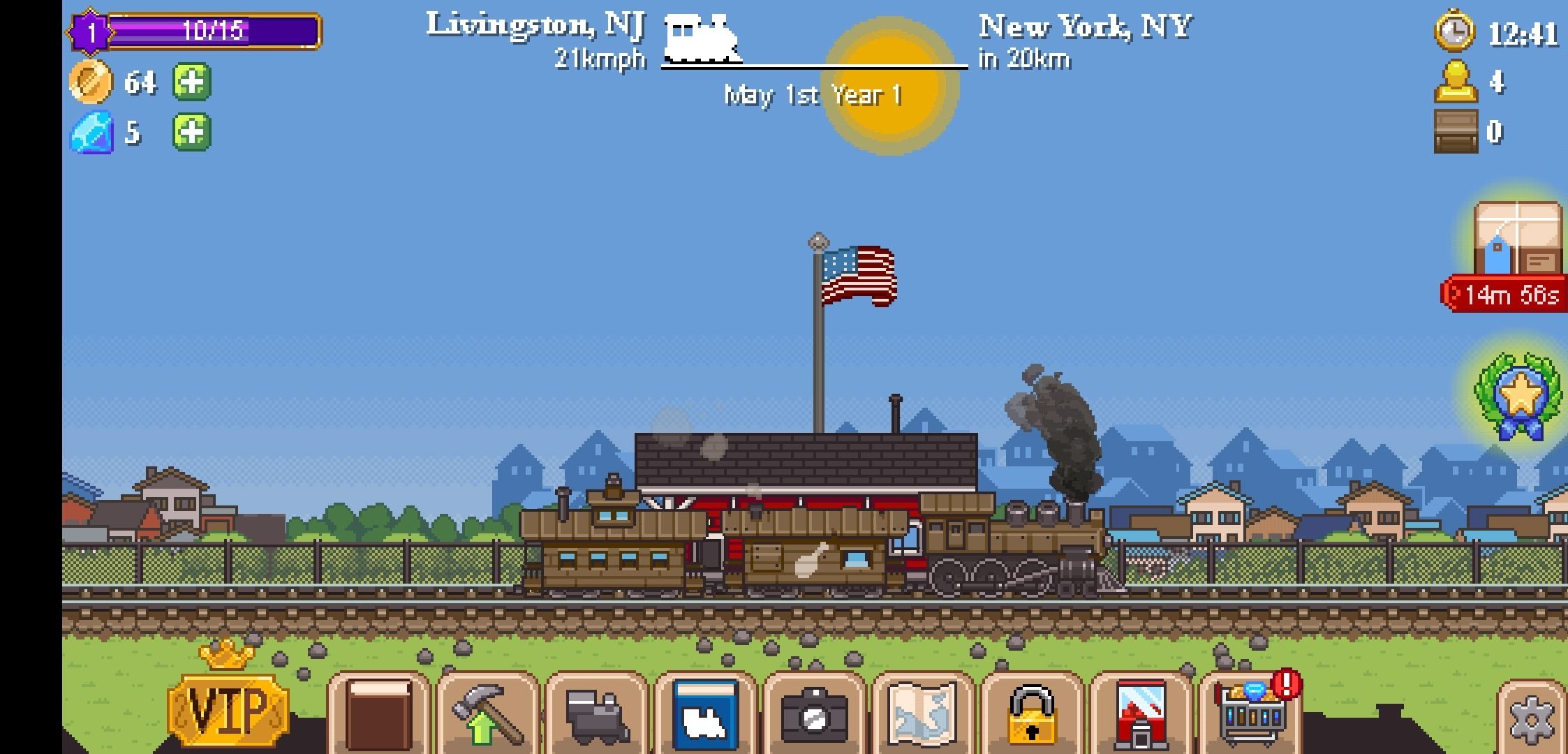

Please no alterations to park/museum property.Please do not stake or drill into turf, rocks, trees, or asphalted areas.Amplified music or sound Is only permitted with prior approval by manager.Barbequing Is only allowed in the designated areas.squirt guns, water balloons, swimming pools, etc.). A strict film/photography policy is enforced, please Inquire within.Please have pets secured on a leash at all times and pet waste must be immediately picked up by owner.Please walk your bicycle throughout the facility.Please no smoking or alcohol is allowed on the premises.Please report immediately any accidents or incidents to a Travel Town attendant.Do not run anywhere on the Travel Town premises, Including the Exhibit Building.Do not force any object open or closed and leave the Collection in the condition you found it.Do not climb on top of or under locomotives, railroad cars, including artifacts in the Exhibit Building.At least one (1) adult must supervise every ten (10) children.Please keep the children in your care under control or your group will be asked to leave.Please read, follow and discuss with the children and also among the other supervising adults in your group before you enter the Travel Town Museum. Charley Atkins passed away in 1959, but he left Los Angeles a grand legacy at Travel Town. Today, Travel Town is in a state of new growth and development.

In 1965, Travel Town's exhibits were re-grouped, and the park re-dedicated. The concept of a combined transportation museum and recreation center blossomed, and wishes for donations were generously fulfilled. Travel Town was dedicated on December 14, 1952. At that time, the steam locomotive era was drawing to a close, and Atkins found a good response. The idea escalated as Atkins, with the enthusiastic support of former Recreation and Parks Department General Manager George Hjelte and Superintendent of Recreation William Frederickson, initiated contacts with major railroads in California to determine what equipment they might be willing to donate. The City of Los Angeles Harbor Department had two little engines destined for scrap that seemed to fit the bill. The original intention of the Museum was to be a "railroad petting zoo," an opportunity for the children of Los Angeles to "imagineer" themselves as engineers. In the late 1940s, Charley Atkins, a Recreation and Parks employee, along with a handful of rail enthusiast friends, had the idea that a steam locomotive would make an attractive addition at the Griffith Park miniature railroad ride.


 0 kommentar(er)
0 kommentar(er)
